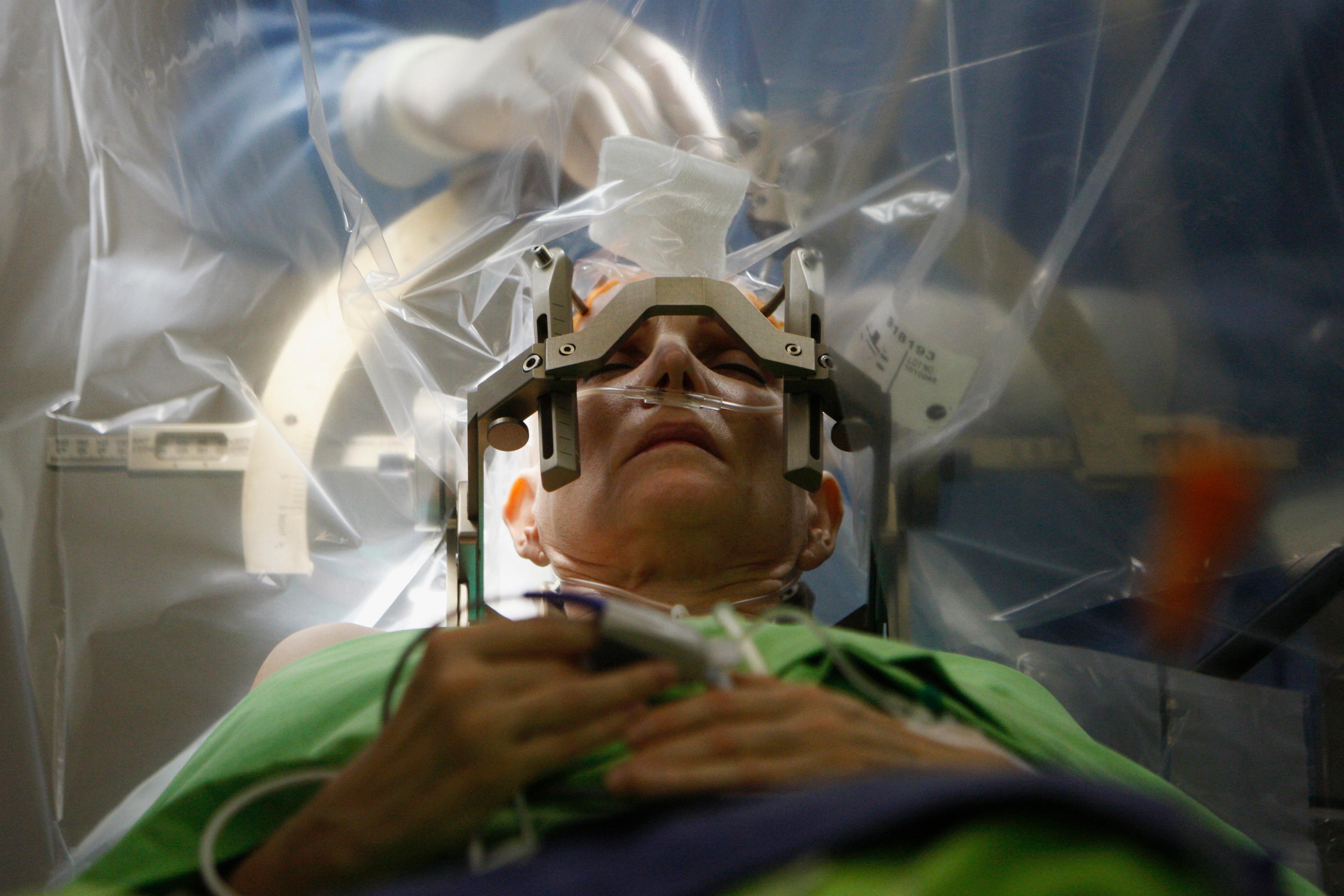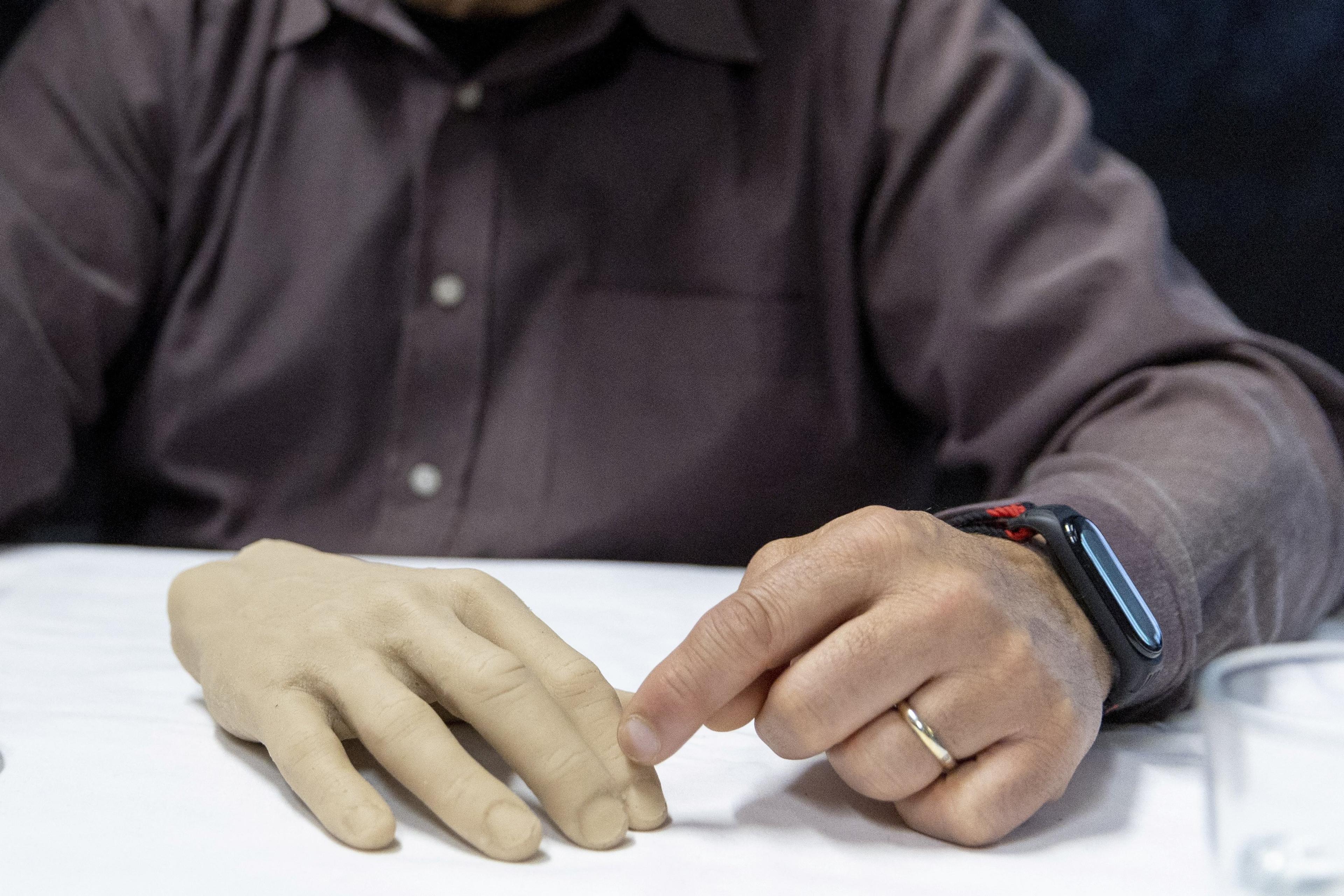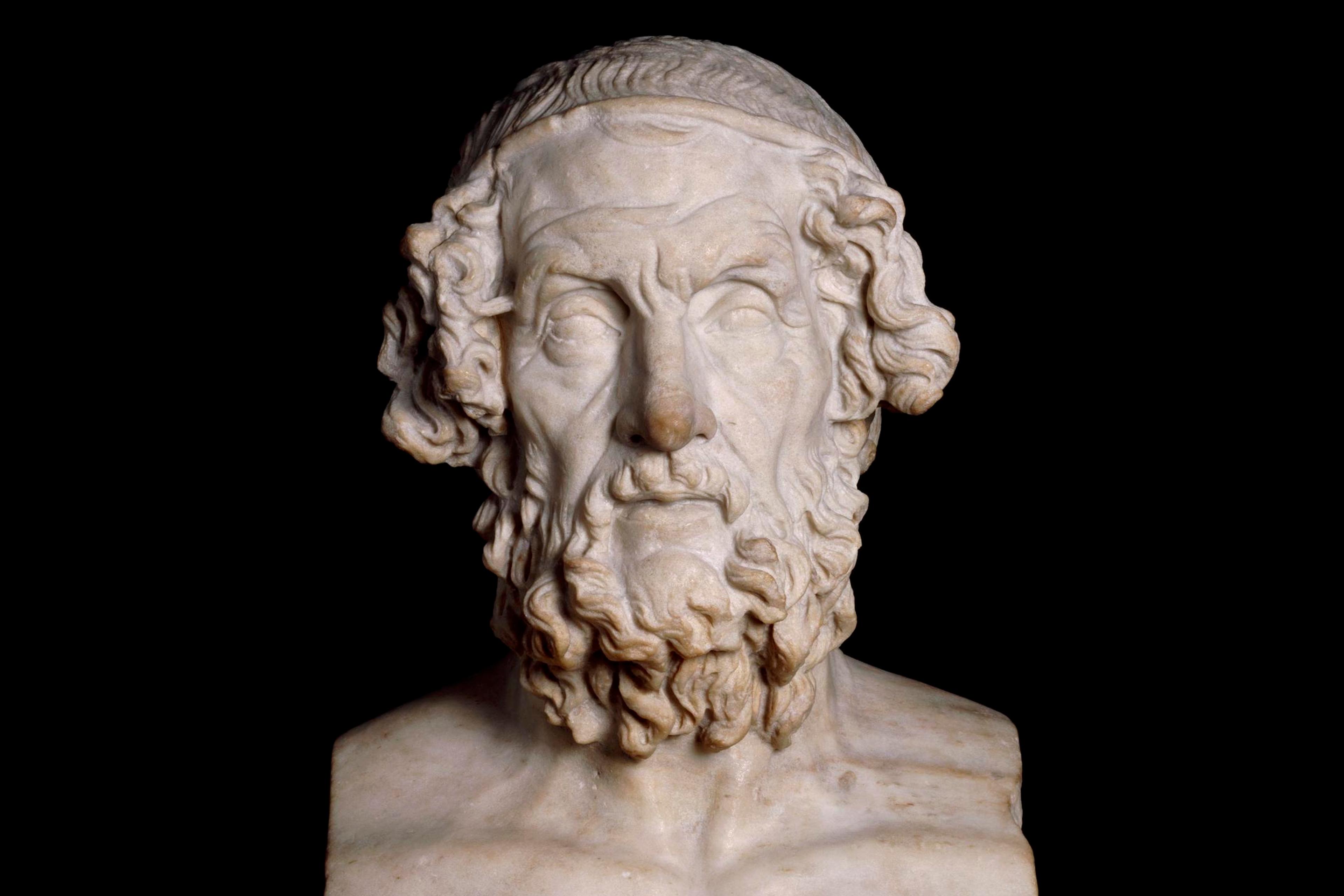Think back to a recent episode in which you felt as if you were being true to yourself. How would you describe what you did? Perhaps you would say that you ‘trusted your guts’ or ‘followed your heart’, rather than ‘thinking with your head’. You might also assume that these idioms involving the guts or the heart belong to an outdated folklore – that they are a poetic rather than a scientific expression of what’s happening when we tap into our sense of self. Yet, emerging scientific evidence increasingly suggests that being aware of who you are – being self-conscious – really does depend, not just on processes in your brain, but also on what’s happening deep in your viscera.
Consider how, right now, you could be in a very different place, mood or situation than 20 seconds or 20 years ago, yet you feel that in a fundamental sense you are the same person. This is partly because, as William James put it in The Principles of Psychology (1890), you are aware that ‘the same old body’ is always with you, exuding warmth and intimacy. With the exception of dreaming and altered states of mind, all conscious experiences entail this subtle but pervasive feeling of bodily self-consciousness. But where does it come from? The feeling cannot merely stem from the outward look of the body, because you could spend a great deal of time and money to change your appearance without feeling like a different self (no matter how hard hairdressers and designers try to convince you otherwise). Rather, the bodily basis of your stable self must spring from a steadier source. And since the body is felt not just from without, but also from within, your internal organs could be one such source.
Indeed, a remarkable feature of visceral organs is the fact that they go through steady, predictable physiological cycles. Heartbeats, breaths and gut contractions repeat themselves with regularity, keeping the body warm and fed – a physiological equilibrium known as homeostasis. Moreover, each of these cycles involves peripheral nerves – especially the vagus nerve – sending chemical and electrical signals to the central nervous system. As a result, the activity of specific regions of the central nervous system synchronises with cardiac, respiratory and gastric fluctuations. While sensory impressions coming from the external environment vary from moment to moment and fade away, this coupling between brain and viscera is a permanent feature of your physiology. You can close your eyes, cover your ears, hold your nose or seal your mouth, but you cannot cut yourself off from your bowels. Everything changes around you, but your internal organs are always there, always broadcasting signals to the brain, always playing their thorough bass in the grand music of life. The inner side of the body is the only object that you cannot stop receiving information about, the only object you always feel from the beginning to the end of your days. Thus, internal organs are a prime candidate as a basis for building and maintaining your sense of selfhood across time.
In the past decade, researchers have begun conducting experiments to see if this hypothesis holds up to empirical scrutiny. For example, a team at the École normale supérieure-PSL Research University in Paris recently focused on ‘heartbeat-evoked potentials’ (HEPs), which are electrical signals generated by the brain whenever the heart beats. If the heart has a role in self-consciousness, then the intensity of these neural responses to heartbeats should covary with the chance that one is thinking about oneself. In their elegant study, the team let participants’ minds roam free while simultaneously monitoring their HEPs. From time to time, a visual cue prompted participants to stop mind-wandering and report if, and how much, they were thinking about themselves at that moment. The researchers found that the chance that a participant was having an active first-person thought (such as ‘I should go to the butcher’s’) covaried with a greater intensity of neural responses to heartbeats in a part of the cerebral cortex known as the ventral precuneus, while the chance a participant was thinking about themselves (eg, ‘I am hungry’) went hand-in-hand with more intense neural responses to heartbeats in the ventromedial prefrontal cortex. In a sudden twist, it seems the researchers finally vindicated the oft-dismissed lore that connects the heart to the self.
Besides heartbeats, another possible source of selfhood is respiration. Focusing on breaths is the mainstay of many mindfulness and meditation techniques purporting to cultivate self-awareness, yet empirical evidence to support a link between breathing and self-consciousness is surprisingly scarce. Hence, in the lab where I work, we tested whether it would be possible to create an illusion of embodiment based on breathing – what we called ‘embreathment’. During the embreathment illusion, we asked experimental participants to wear an immersive virtual reality headset, together with a special sensor that tracked their breaths and mapped them on to a virtual version of their body in real time. When the virtual body was shown breathing in sync with their real body, our participants said they felt as if the virtual body was theirs and as if they controlled its movements. Conversely, when we inverted the breathing patterns, so that the avatar inhaled as the participant exhaled, and vice versa, such feelings of bodily self-consciousness were greatly diminished. These findings suggest that respiration actually helps us feel that our body belongs to us. Furthermore, the results shed light on why meditators who focus on their breath report achieving a higher degree of self-consciousness.
In a similar vein, it is reasonable to suppose that the gut also contributes to our sense of self. ‘Visceral’ feelings often put our raw selves on display, revealing our deepest fears and desires. However, tracking the stomach and the intestine is much more challenging than monitoring the heart or the lungs. Indeed, the bowels lie in the depths of the body and present a twisted, folded structure. A partial solution is to arrange electrodes on the abdomen to record an electrogastrogram, which is the gastric equivalent of an electrocardiogram, but measuring stomach contractions rather than heartbeats. Recently, a team of researchers based in France and Switzerland used this approach to show that, while a person is resting, energy consumption in specific brain areas goes up and down in a predictable fashion following each gastric contraction. This suggests that there is a resting-state ‘gastric network’ of brain areas monitoring the stomach. However, it remains to be ascertained if this network plays a role in bodily self-consciousness, as the researchers speculated, or simply acts as a way to maintain homeostasis by regulating food intake. Furthermore, electrogastrography is not ideally suited to gauge intestinal activity, nor to measure key gut parameters such as temperature, pressure and acidity. To gather this information, physicians usually must rely on probes, but these are very invasive, as anyone who has undergone a gastroscopy or colonoscopy will know. However, a new technology is allowing us to collect this data in a minimally invasive manner and to shed light on the link between the gut and the self with unprecedented detail. Fittingly, the name of this new technology is smart pills.
Smart pills are small, light, ingestible capsules equipped with a miniaturised thermometer, manometer and pH sensor. They are swallowed with the help of a glass of water, just like tablets – in fact, they are so easy to swallow that I witnessed a man gobble one such pill without drinking. (He has survived very well.) Once they are inside the body, smart pills slowly go through the whole gastro-intestinal tract, recording point-by-point values of temperature, pressure and pH, and wirelessly sending them to a radio receiver that participants wear around their belt. After travelling in the stomach, small bowel and large bowel, these capsules are safely expelled and stop transmitting data. Originally, they were developed with the purpose of replacing multiple, burdensome gastrointestinal exams with a single, less invasive procedure. However, smart pills are also a promising tool for psychologists and cognitive neuroscientists because they can record instantaneous changes in stomach and bowel physiology triggered by any kind of event – including, of course, experimental manipulations of bodily self-consciousness.
Elated with the sense of possibility that these devices convey, my colleagues and I started thinking about how to harness their power to prove that gut activity correlates with the sense of self. Thus, we asked a group of participants to take a smart pill and then undergo a virtual reality experience in which they observed a virtual body that either looked, lay and breathed as their physical body did, or did not. At the end of the experience, participants reported how much they felt embodied or disembodied in the virtual avatar, thus providing us with a measure of their bodily self-consciousness. This procedure was repeated thrice – the first time when the pill was in the stomach, the second when it was in the small bowel, and the third when it was in the large bowel. This enabled us to correlate ratings of bodily self-consciousness with physiological parameters of each segment of the gastrointestinal tract.
The results are encouraging. When the gastrointestinal tract was more active, as indicated by higher pressure, higher temperature, increased acid secretion in the stomach or a more basic environment in the large bowel, participants had a sharper sense of their bodily self. When the gastrointestinal tract was less active, their feelings of bodily self-consciousness were decidedly fuzzier. A possible explanation is that more active visceral organs and tissues trigger a stronger response from the vagus and other peripheral nerves that convey signals from the body to the brain. This, in turn, could boost the activity of target cortical areas that encode a ‘map’ or internal representation of the body, increasing the chance that such a map emerges into consciousness. Further studies explicitly tapping into the activity of these cortical regions will provide us with a clearer picture. However, the evidence accrued so far already shows that being aware of one’s own body is, quite literally, a gut feeling.
What is more, these findings could help us better understand conditions such as eating disorders and depersonalisation. Given that gut signals seem both to regulate food intake and to buttress one’s sense of self, poor processing of these signals could explain why individuals living with anorexia or bulimia nervosa display both abnormal eating habits and a fuzzy sense of self, sometimes morphing into self-disgust. If gut signals are exceedingly high, they might anchor the self too heavily to what happens in their stomach and intestine. Conversely, if they are exceedingly low, they might make the self too reliant on external feedback – or just too unstable. The latter case could apply also to people with depersonalisation, whose feeling of being detached from their body and self might be due to the fact that their selfhood is not rooted enough in their viscera (although there is evidence both for and against this claim). Such an impairment could be even more pronounced in Cotard’s delusion, a rare syndrome in which people feel they are ‘empty’, ‘rotting inside’, ‘without internal organs’, or even ‘non-existent’ or ‘dead’. Smart pills tracking the activity of the gut, combined with questionnaires and manipulations of bodily self-consciousness, such as bodily illusions, could thus deepen the current knowledge of these psychological and psychiatric conditions.
There was a technological gap to be filled, and smart pills provided a brilliant answer to that. However, real scientific progress hinges on changing frames of reference, not only tools of investigation. An important limitation of contemporary psychology and neuroscience is that scholars replaced the old Cartesian dualism – mind versus body – with a new dualism: brain versus body. The new dichotomy was even cruder than the old one, and certainly no less rigid. Experimenters refused to take note of whatever happened south of the neck because the scientific picture du jour dismissed what previous ages had carefully noted – the wisdom of the heart, the power of breathing, and the intelligence of the gut. Now, thanks to a wave of new research findings, with more to come, we know that these intuitions can be fully reconciled with a scientific outlook on the self. Your consciousness really does have deep, rich roots in your bodily feelings. It is about time to reclaim the full depth of your ‘self’, to let it flourish far and wide.








